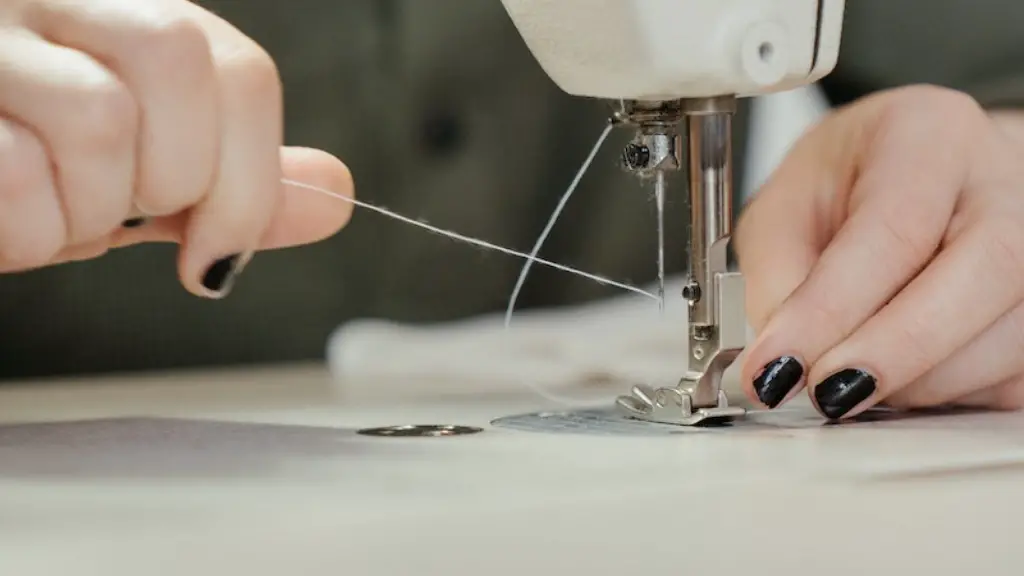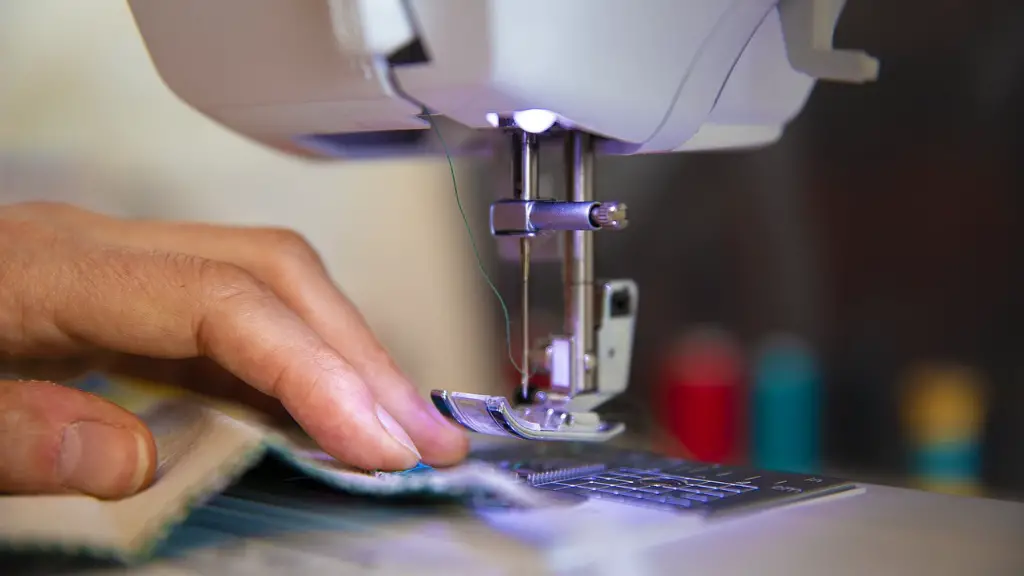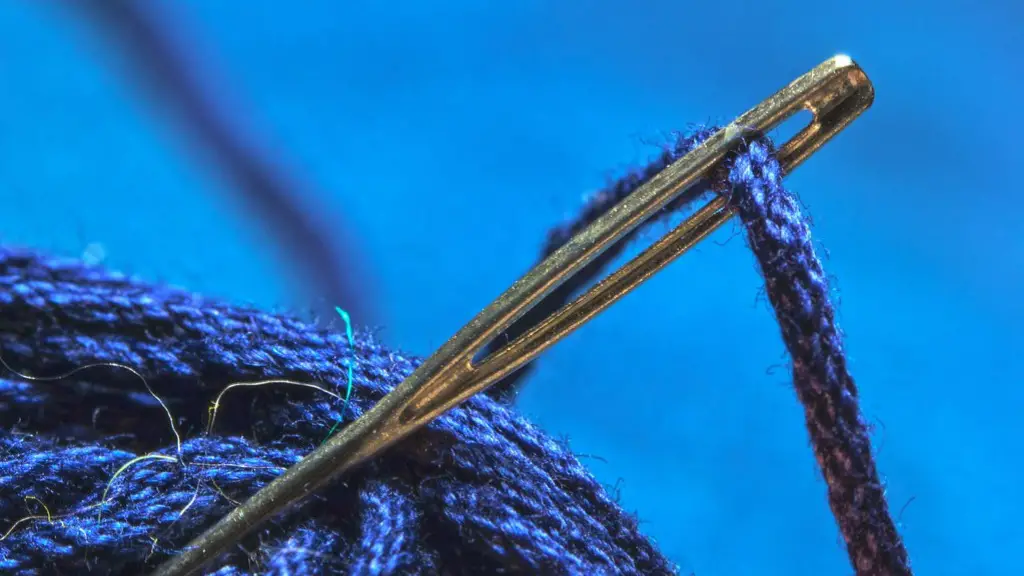Burda is a popular brand of sewing patterns. Their patterns often have a lot of detailed instructions and can be confusing to read. This guide will help you understand how to read a Burda sewing pattern so that you can make the clothes you want.
Burda sewing patterns can be quite confusing to read if you don’t know what you’re doing. Here’s a quick guide on how to read a Burda sewing pattern:
First, take a look at the front of the pattern envelope and identify the size that you need. For example, if you’re making a dress for a child, you’ll need to find the size that corresponds to their age range.
Next, take a look at the back of the envelope. This is where you’ll find a chart that tells you how much fabric you’ll need for the project. Make sure to check the width of the fabric as well, as some Burda patterns require fabric that is a bit wider than standard.
Once you have your fabric, it’s time to start cutting out the pattern pieces. Each pattern piece will be clearly labeled with a letter or number. Match up the pattern pieces with the corresponding letter or number on the cutting diagram.
Now you’re ready to start sewing! Follow the instructions on the pattern, and you’ll have a beautiful garment in no time.
Do Burda Patterns have instructions?
I’m so glad I found this tutorial! I have been looking for a way to grade patterns for a while now and this is exactly what I needed. Thank you so much for sharing!
Notches are a great way to line up your seams when sewing. They are usually shown as diamonds or triangles, and can be combined with lines to create different looks. Often, one diamond or triangle indicates the front of the sewing piece, two diamonds or triangles indicate the back of the piece, and three diamonds or triangles indicate another place on the garment. This can be very helpful when you are trying to line up your seams perfectly.
Do Burda patterns include seam allowance
When tracing a pattern from a NB Burda Magazine, make sure to leave enough space around the piece you want to trace. This is because the patterns do not have seam allowances and you will need to add them in yourself.
The long arrow on a pattern piece indicates the green line, or the grainline of the fabric. The grainline should be parallel to the selvage of the fabric.
How accurate are Burda pattern sizes?
Burda patterns are manufactured with both Euro and US sizing. It is best to go off of actual body measurements as shown on the size guide, and not ready to wear size. This will ensure the best fit for your project.
One, you can purchase patterns in a brick and mortar store like Joann’s or at online retailers. These are licensed via Simplicity. The patterns have seam allowances and include decent directions.
What are the pattern symbols?
Patterns usually come with a lot of markings and symbols that can be confusing if you’re not familiar with them. Here’s a quick guide to some of the most common symbols you’ll see on patterns:
-Cutting lines: these are the lines you’ll use to cut out your fabric pieces
-Stitching lines: these are the lines you’ll use as a guide for stitching your fabric pieces together
-Alternation lines: these are usually dashed lines that show you where you can make changes to the pattern (for example, lengthening or shortening a garment)
-Button/buttonhole placement: these symbols show you where to place buttons or buttonholes on a garment
-Fold lines: these symbols show you where to fold your fabric when assembling a garment
-Dots and notches: these symbols help you match up fabric pieces when you’re stitching them together
This is an example of a situation where it would be appropriate to use the phrase “Let’s do another example.” You could use this phrase when you are working through a problem with someone and you want to show them another similar problem.
What are the basic pattern symbols
There are a few basic symbols that you will see on most sewing patterns. These symbols indicate important information such as the cutting lines, stitching lines, and double lines. dashed & Dotted LinesPleat FoldsButtonhole LinesButton PlacementGrainline ArrowMore items
A 5/8″ seam allowance is typically used when stitching layers of fabric together. This provides enough extra fabric between the seam line and the cut edge of the fabric to ensure that all layers are stitched together when joining.
What is the most common seam allowance?
A ⅝” seam allowance is the industry standard for most commercial patterns. It allows for enough room from the edge of the fabric to the stitching line, which helps to prevent the fabric from unraveling. This is especially important for fabrics that are prone to fraying.
When you are using a pattern block to create a pattern, there is no need to add seam allowance. You can simply use the block without seam allowance and then add seam allowance once the pattern is complete. This makes it much easier to use the block and create a accurate pattern.
How to read a sewing pattern PDF
Things are shown on the pattern Itself So almost like a double Check So you’ll have a look at it before you cut it out just in case you need to add an extra seam allowance or something like that It’s also really handy if you want to check the size of something against the pattern to see if it’ll fit.
There are a few different types of sewing patterns that you might come across. The first, and most common, are indie/independent patterns. These are patterns that are not affiliated with any of the big companies like Vogue, McCalls, Butterick, or Simplicity. Instead, they are created by small businesses or individual designers. The second type of patterns are those from the “Big Four” companies. These are the industry leaders in sewing patterns, and their patterns are generally seen as being of a higher quality. However, they can be more expensive, and can be more difficult to find if you don’t live near a major city. Whichever type of pattern you choose, be sure to do your research to ensure that it is the right one for your project!
How do you recognize a pattern?
When you are looking for patterns, it is important to be active and engaged in the process. You can’t just sit back and wait for patterns to jump out at you; you have to go out and find them. One of the best ways to do this is to organize the data you are working with. This will help you to see relationships and trends that you might otherwise miss. Once you have organized the data, it is important to question it. Ask yourself what the data is telling you and look for ways to improve your analysis. Finally, visualize the data. This will help you to see the patterns more clearly and to imagine new possibilities.
When measuring a paper pattern, it is important to measure in the same places as you would your body measurements. This will give you the most accurate idea of the garment’s fit. You should also subtract seam allowances to determine the amount of ease or check the finished measurement chart included with the pattern.
Final Words
There is no definitive answer to this question since it can vary slightly depending on the specific pattern in question. However, in general, you will need to begin by finding the right size for your figure. Once you have done this, you will need to trace the pattern onto tracing paper so that you can cut it out. When you are cutting out the pattern, be sure to add extra seam allowance so that you have some room to work with. Once you have cut out the pattern, you can start sewing it together following the instructions provided.
There is no one way to read a burda sewing pattern. However, there are some tips that can help you understand how to read a burda sewing pattern. First, take a look at the key at the bottom of the pattern. This will show you what each symbol on the pattern means. Second, look at the front and back of the garment to see how the pattern pieces should be laid out. Finally, take a look at the assembly instructions to see how the garment should be put together. With these tips in mind, you should be able to read a burda sewing pattern with ease.





